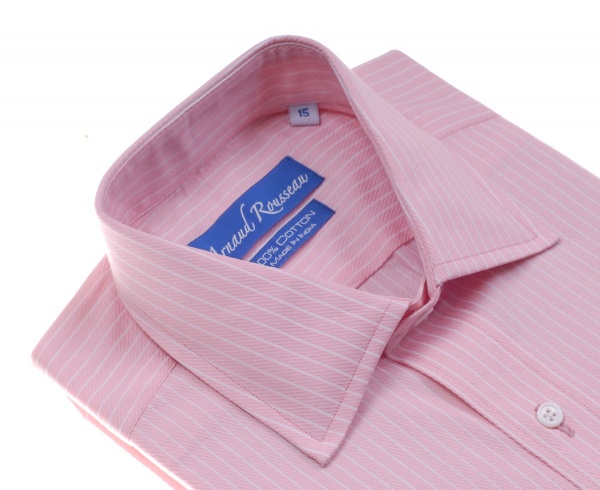|
heating and cooling homes and businesses is a major factor in energy consumption in the unites states. in fact, it accounts for 12.3 percent of the total energy use in the u.s., so researchers are approaching the thermal management concern from a very different angle.

(wikimedia commons)
rather than looking at the space in which people reside or work scientists are working on ways to cool the people. personal thermal management systems control heat dissipation from the human body by enhancing the “radiative release of heat in the summer” through a textile system that is “transparent” to ir but “opaque” to light to avoid being heated by sunlight.
scientists accomplished this goal through a nanoporous polyethylene textile composed of carbon-carbon and carbon-hydrogen bonds. the material is composed of interconnected pores that are 50-1,000nm in diameter, which is similar to the wavelengths of light to appear opaque but smaller than ir wavelength.
according to an article on arstechnica.com, the material kept skin temperature from rising more than 0-.8°c, which is a factor better than cotton (3.5°c) and fibrous polyethylene (2.9°c).
the abstract of the full report read:
“thermal management through personal heating and cooling is a strategy by which to expand indoor temperature setpoint range for large energy saving. we show that nanoporous polyethylene (nanope) is transparent to mid-infrared human body radiation but opaque to visible light because of the pore size distribution (50 to 1000 nanometers).
we processed the material to develop a textile that promotes effective radiative cooling while still having sufficient air permeability, water-wicking rate, and mechanical strength for wearability. we developed a device to simulate skin temperature that shows temperatures 2.7° and 2.0°c lower when covered with nanope cloth and with processed nanope cloth, respectively, than when covered with cotton. our processed nanope is an effective and scalable textile for personal thermal management.”
read more about the personal thermal management systems at http://arstechnica.com/science/2016/09/cool-shirt-nanoporous-polyethylene-fabric-acts-as-reverse-greenhouse.
the full report can be found at http://science.sciencemag.org/content/353/6303/1019.
|